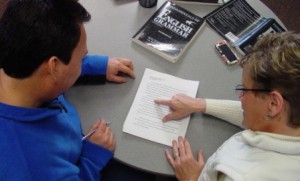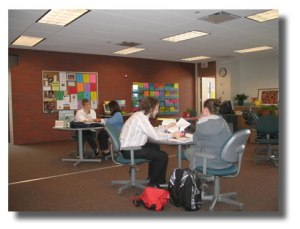by Kirsten Macdissi
Commas are probably both the most used and the most misunderstood punctuation mark in the English language. It’s a versatile punctuation mark, with several different legitimate functions, which may contribute to usage confusion at times. Commas indicate a pause in the flow of a sentence, or a separation between items in a series, or mark the beginning of a quote. (See what we did just now?) They are also used after salutations, as in Dear John, or to separate cities from states, as in Omaha, Nebraska. Separating the month and day from the year in a date also requires a comma in American usage: October 27, 2022. These last conventional uses, however, are not the ones that commonly confuse writers.
Most often, it is the pause function of a comma that um, gives us pause. Here are the rules to guide the correct usage of commas:
Use commas after introductory phrases, clauses and words. Words that often indicate an introductory clause or phrase are: after, although, as, because, if, since, when, and while.
Ex. After the rain ended, we could play tennis.
Because I started late, I missed the deadline.
Participial or infinitive phrases at the beginning of a sentence also call for a comma, as for example: Having baked so many birthday cakes already, he never even glanced at the recipe. Or: To get a head start on packing for her llama trek, Louise left the party early.
Introductory words that stand alone are also followed by commas: Well, I guess I had better get going. Or: However, you should always check your gas gauge before leaving. Or: Yes, we have no bananas.
Commas are used to separate clauses when paired with a coordinating conjunction such as and, but, for, or, nor, so, yet. Ex. Yesterday, all my troubles seemed so far away, but now they look as if they’re here to stay. Remember you must have a coordinating conjunction with the comma to correctly join the two clauses. Using a comma alone results in an error known as a comma splice.
Essential Elements vs. Nonessential Elements
Use a pair of commas to set off nonessential elements in a sentence. How do you know if they are essential or nonessential, you ask? If you can leave out the phrase or clause and still have a sentence that is a clear and complete thought and conveys the necessary information, then the element is nonessential and should be set off with commas.
Example for a nonessential clause: Marcia, who is a ruthless poker player, is my best friend. The main thought is that Marcia is my best friend. Her poker-playing ability is not really essential information for this sentence.
Conversely, if the information in the clause or phrase is necessary for the sentence to truly make sense, then it is essential and should NOT be set off by commas. Ex: The man who lost his wallet returned to the parking lot where he dropped it. The information “who lost his wallet” is essential here to make sense of the sentence.
Clauses that start with “that,” aka relative clauses, are always essential and therefore will not use commas.
Ex. The book that has a provocative title has been banned from many libraries.
The dog believes that he will catch the squirrel.
We have to know which book, and we have to know what the dog believes for those sentences to convey their main message.
Commas Separating Adjectives
Use commas to separate coordinate adjectives of the same noun. Coordinate adjectives have equal status, as opposed to being subordinate, or dependent. The rule-of-thumb test to determine if adjectives are coordinate is the ability to put “and” between them. If you can do that, the adjectives are equal and coordinate.
Example of Coordinate Adjectives: He was a mean, miserly old skinflint.
The baby had a joyous, happy laugh.
Example of Non-coordinate Adjectives: She decided to wear a fuschia tulle dress to prom.
Remember that you can have a mix of both coordinate and non-coordinate adjectives. Again, separate the coordinate ones with a comma, and don’t separate the non-coordinate adjectives.
The bleak, gray winter sky hid the sun. Bleak and gray are equal and coordinate, but gray and winter are not.
Separating Phrases at the End of a Sentence
Use commas to separate phrases at the end of a sentence that modify something in the beginning or middle of the sentence.
Ex. Jasper ran after the Uber, frantically waving.
Helga seemed nonchalant, almost dismissive.
Be careful that the phrase is placed to clearly identify what it’s modifying; otherwise you run the risk of the confusion and utter chaos that results from a misplaced modifier.
While these rules are by no means exhaustive, they cover the most common use of commas in compositions. Remember that the most important use of commas is to make your meaning clear and easy for the reader to understand.







